Geneva to regularise 3,500 clandestine immigrants

Around 3,500 clandestine migrants living in Geneva are expected to be regularised under the ‘Papyrus’ scheme launched in 2015, officials said on Monday. The deadline for filing applications under the two-year project ended last December.
The Papyrus scheme to regularise the situation of long-term clandestine migrants in Geneva officially began on February 20, 2017, preceded by a test phase that began in 2015. Since then, 1,846 immigrants in Geneva have received a B residence permit:External link 365 families, comprising 566 parents and 610 children, 14 couples without children and 642 single people.
Another 1,757 individual dossiers filed before the December 31, 2018 deadline are under examination, officials told reporters on Monday.
Around 76,000 illegal immigrants are believed to be living in Switzerland (see infobox below). Of these, canton Geneva is home to 13,000.
Of those regularised in Geneva, a large proportion are women, many of whom are from Latin America and do paid domestic work (74%).
Owing to the major involvement of local associations, which helped applicants put together their dossiers, there were very few rejections. Only four dossiers were turned down concerning seven individuals.
+ A closer look at the Papyrus scheme in Geneva
A final external evaluation of the project is due in autumn. But Mauro Poggia, the Geneva minister in charge of security, employment and health, said the results were “positive”.
“Everyone is aware that it’s basically a good thing and that behind the numbers there are human beings with complicated lives who are often separated from their families and cannot go home. Everyone wants to find solutions,” he said.
Papyrus had been a step forward, he added, as it had allowed a significant number of people to come out of the shadows and had given the authorities a clearer view of the underground sector and related issues like employment and health, which “no one wanted to look at”.
Contrary to earlier fears, the project had not attracted clandestine immigrants to Geneva who might then end up on welfare, he went on.
He said: “It was not an illegal operation but a way of applying our laws more flexibly over a certain period. It allowed those regularised to leave their precarious situation and to find a certain dignity in a society where they have lived for some time. And it’s enabled society to end a certain hypocrisy.”
Under the scheme, Geneva has introduced accompanying measures to prevent abuses and to keep newly regularised workers on the job market, so they do not have to rely on social assistance if they lose their jobs. It has, for example, launched a website for domestic employment where employees can offer their services.
The Geneva authorities have pushed employers to conform with the law and declare their staff. Additional checks have been carried out among employers.
People applying to be regularised under Papyrus had to meet strict criteria. For families with children, one family member had to prove they had been living in Geneva for at least five years continuously. For people without children, the requirement was ten years.
Applicants also had to be financially independent, declare all current employment, be free of debt or legal proceedings, and demonstrate basic French language skills.
The most recent comprehensive study by the State Secretariat for Migration found that in 2015 there were 76,000 clandestine migrants in Switzerland, of whom 12% were minors. Almost half are believed to reside in four cantons: Zurich (28,000), Fribourg (20,000), Geneva (13,000) and Vaud (12,000).
In all, 43% were from Latin America, mostly Ecuador, Bolivia and Brazil. Some 24% came from European countries outside the European Union and the European Free Trade Area (EFTA), including many from the former Yugoslavia. Others came from Africa (19%) and Asia (11%).
Most migrants work in domestic jobs, construction, hospitality and agriculture.
The study showed that 19% of them had lived in Switzerland for over ten years, 35% for five to ten years, 25% for less than five years and 21% for less than a year.
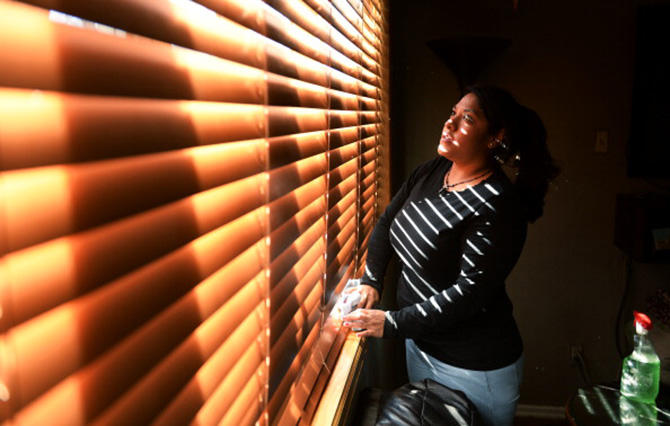
More
A new life for 1,000 illegal immigrants in Geneva

In compliance with the JTI standards
More: SWI swissinfo.ch certified by the Journalism Trust Initiative









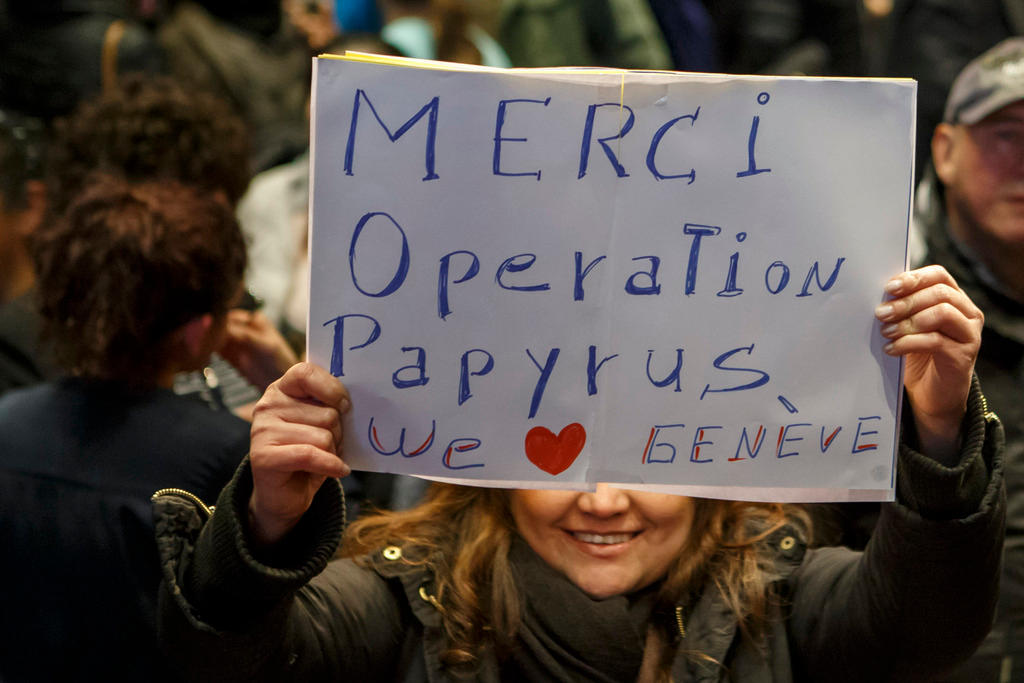
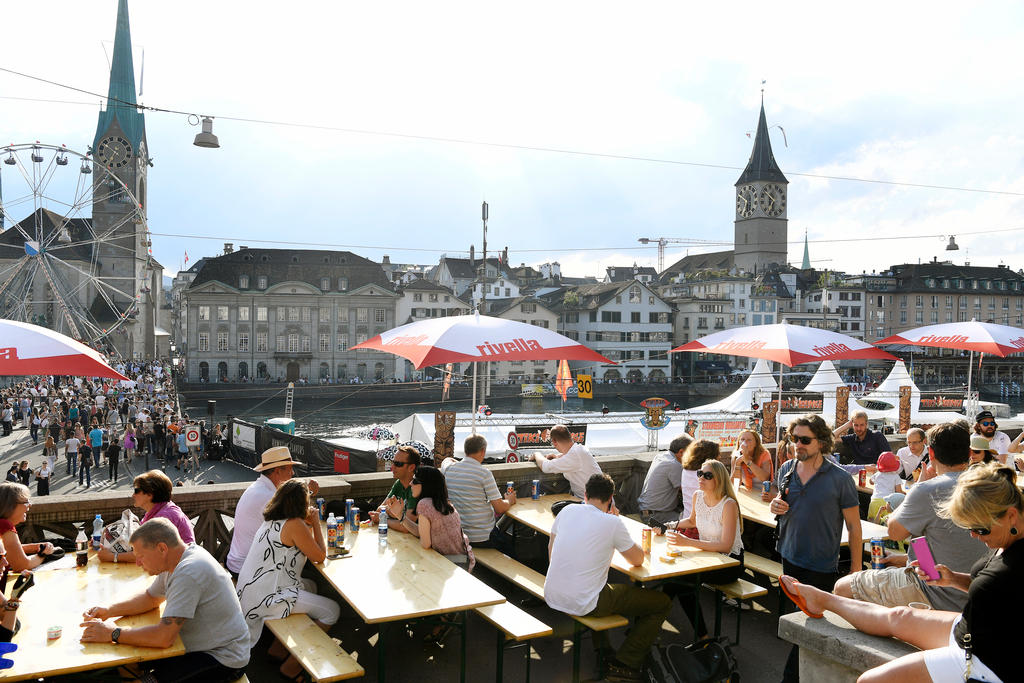
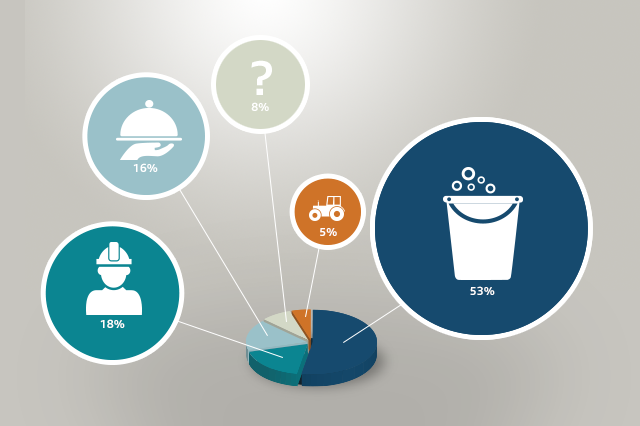
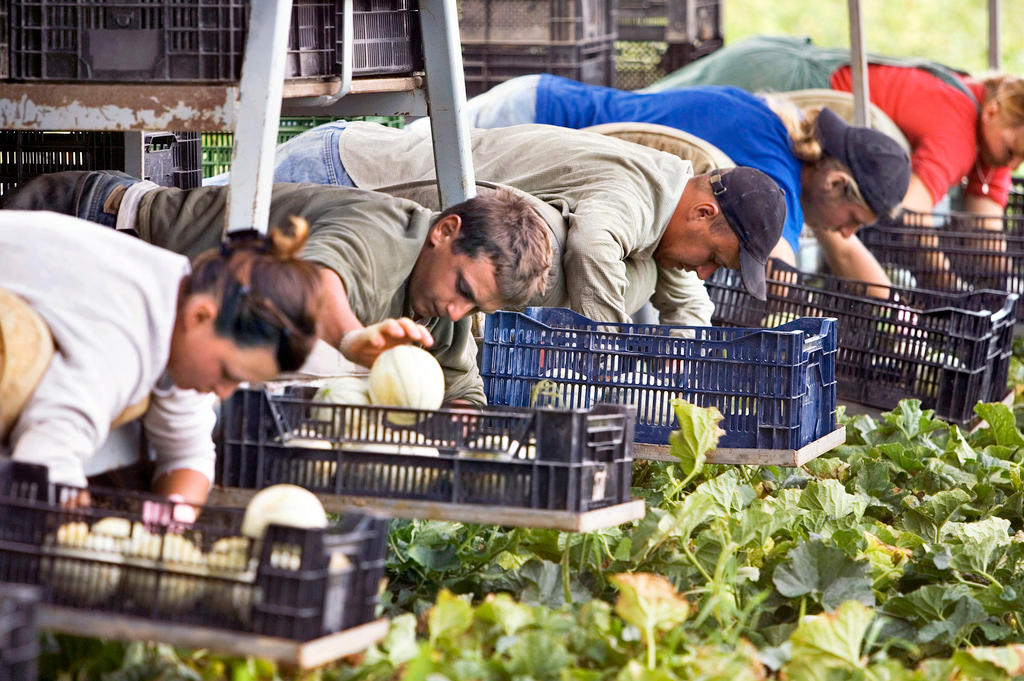
You can find an overview of ongoing debates with our journalists here . Please join us!
If you want to start a conversation about a topic raised in this article or want to report factual errors, email us at english@swissinfo.ch.